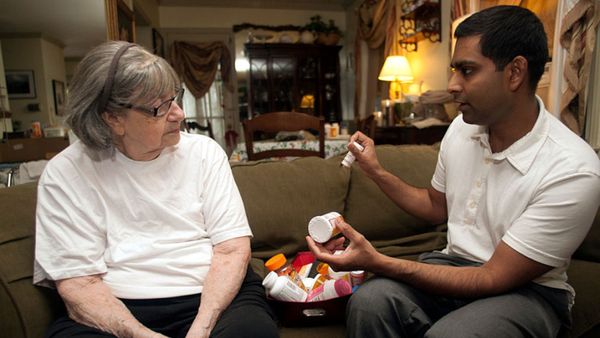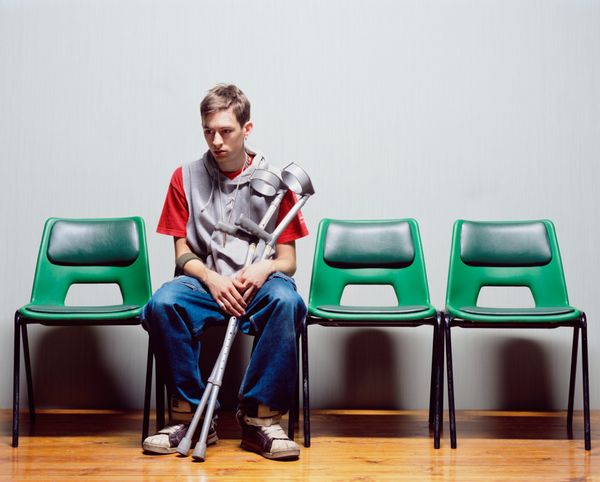Many emergency medicine experts don't mince words about the potentially damaging effects of the plan. "This will harm people and lead to injuries and deaths. The goal of this program is not the denials, it is about the fear. People will be afraid to seek emergency care. ACEP feels this policy is incredibly dangerous and puts people at risk in the name of profits," says Dr. Ryan Stanton, a Lexington, Kentucky-based emergency physician and spokesman for the American College of Emergency Physicians (ACEP). "I have talked to a number of people that were denied and the common theme was how upset they were, but more importantly, they are now afraid to go to the emergency department, even if they feel they have an emergency."
Both doctors hammer home the point that many conditions present with similar symptoms, whether they wind up being benign or truly life-threatening. "Chest pain can be a heart attack or heartburn. Abdominal pain can be appendicitis or gas. A headache can be a ruptured aneurysm or a hangover. The challenge with medicine is that it deals in shades of grey and rarely black or white. The key is that if you feel your life or health are at risk, go to the ER," Stanton says.
Not everyone thinks Anthem's program is completely off base, however. Lindsey Artola is a health policy expert with Sage Health Strategy who supports some type of penalty for unnecessary use of the ED. "The Emergency Room is by far the most expensive way to get health care, and with the advent of urgent care centers, nurse triage lines, and other alternatives it is a poor use of health system resources for folks to use the ER as a primary care office," she emails. "I think a financial penalty for misuse of health system resources isn't necessarily a bad idea."
So how bad is the problem of "misusing" the ER? Statistics vary widely. A 2017 study published in the International Journal for Quality in Health Careusing data from 2005-2011 ER visits found that only 3.3 percent of ER visits were avoidable, in line with the 2015 CDC statistic of 5.5 percent. Meanwhile, Truven Health Analytics, drawing on insurance claims data from 2010, said that 71 percent of ER visits were unnecessary and avoidable. Clearly, the word "avoidable" has different meanings for different people.
"Consumers who reasonably believe that they are experiencing an emergency medical condition should always go to the emergency room or call 9-1-1," says Anthem spokesperson Gaines. She points out that Anthem will always cover ED visits under certain conditions, for example:
- A consumer was directed to the emergency room by a provider (including an ambulance provider).
- Services were provided to a consumer under the age 15.
- The consumer's home address is greater than 15 miles from an urgent care center.
- The visit occurred between 8:00 p.m. Saturday and 8:00 a.m. Monday or on a major holiday.
- The patient received surgery, IV fluids, IV medications or an MRI or CT scan
- The patient had conditions such as chest pain, difficulty breathing, convulsions, fainting, drug overdoses, etc.
Many of these exemptions were added in January 2018 after public objections to its original policy. Gaines adds that Anthem's ED program is currently in effect in five states — Missouri, Georgia, Ohio, Kentucky and Indiana — with no current plans to extend its reach.
Learn more about health insurance in "Don't Buy That Health Insurance: Become an Educated Health Care Consumer: The Educated Health Insurance Consumer's Guide to Reducing Health Care Costs" by K. R. Woodfield. HowStuffWorks picks related titles based on books we think you'll like. Should you choose to buy one, we'll receive a portion of the sale.



